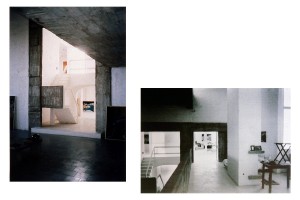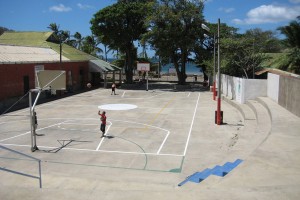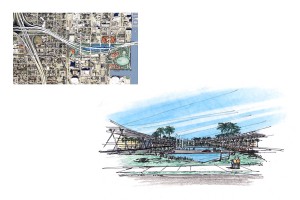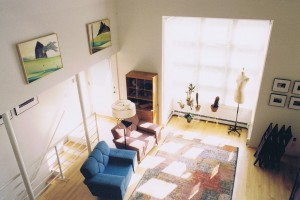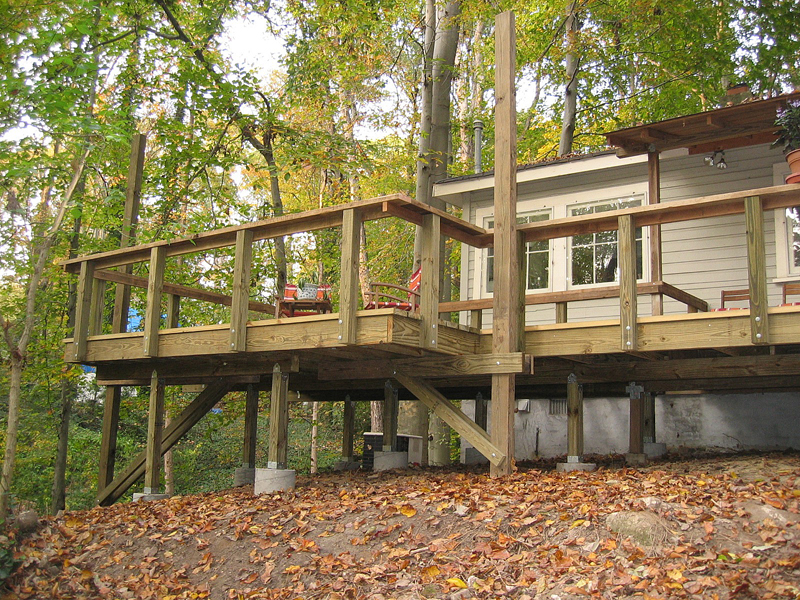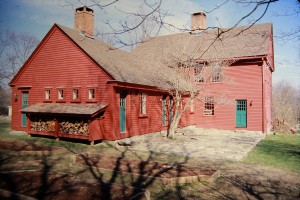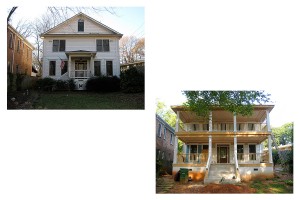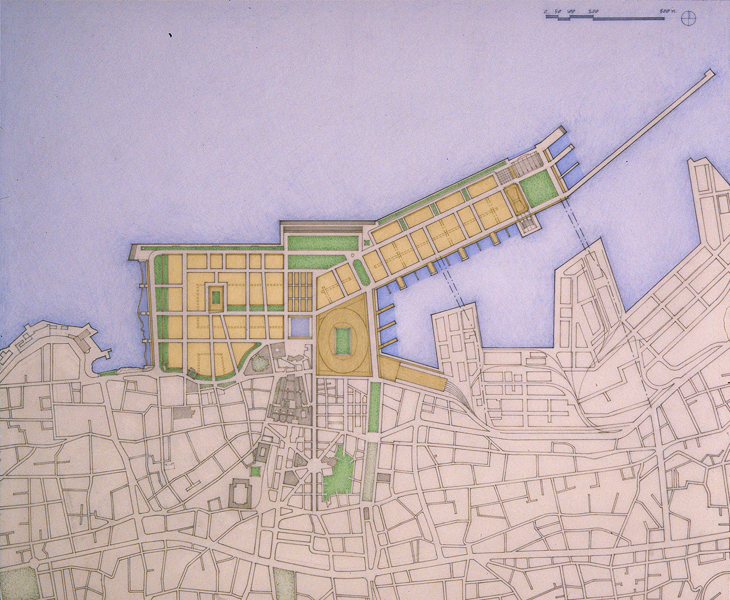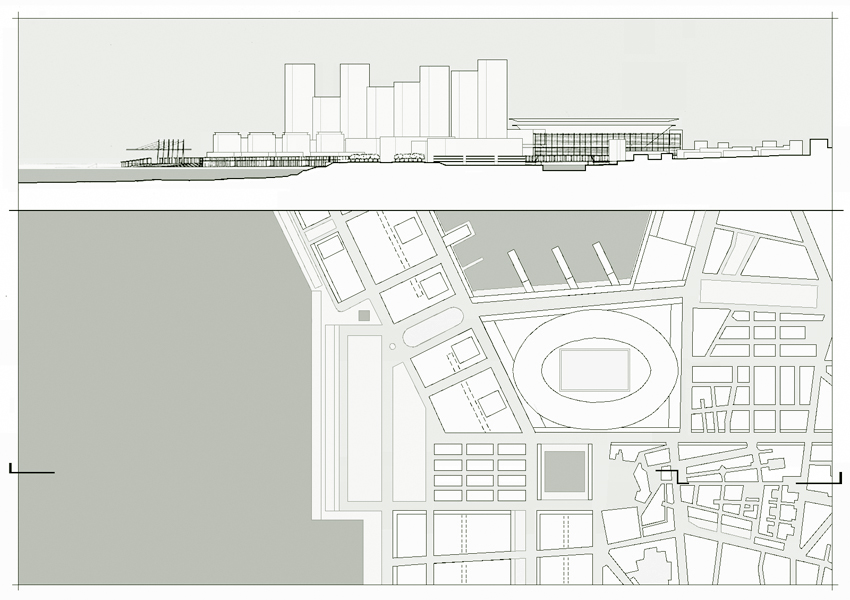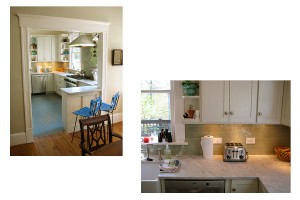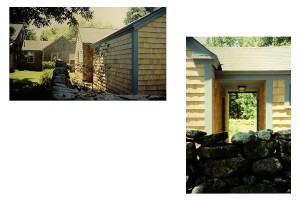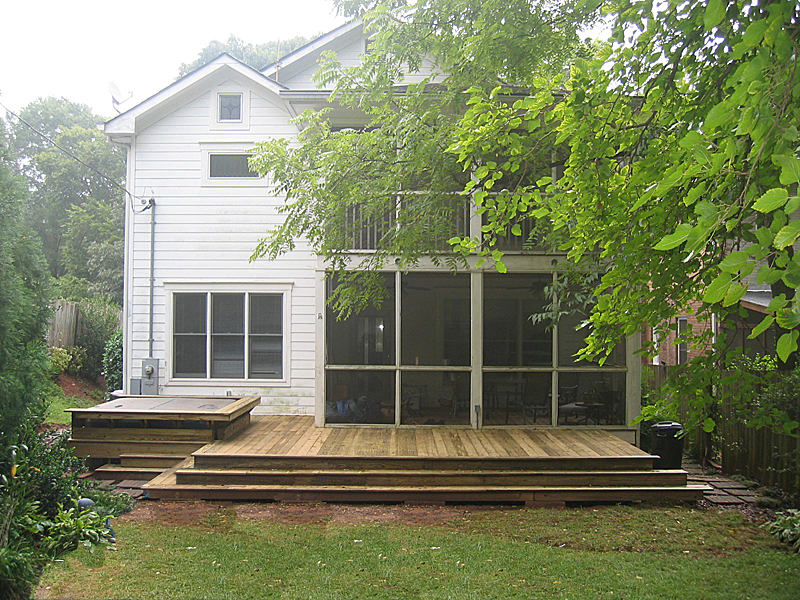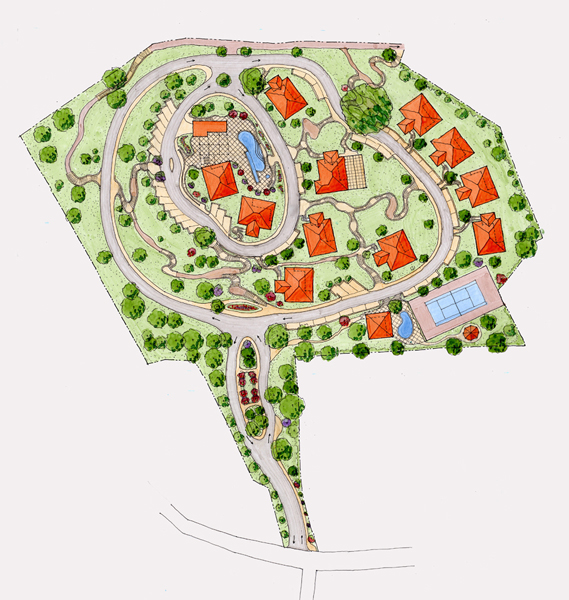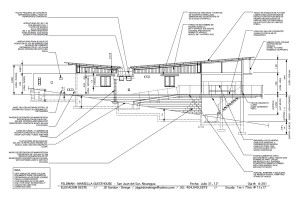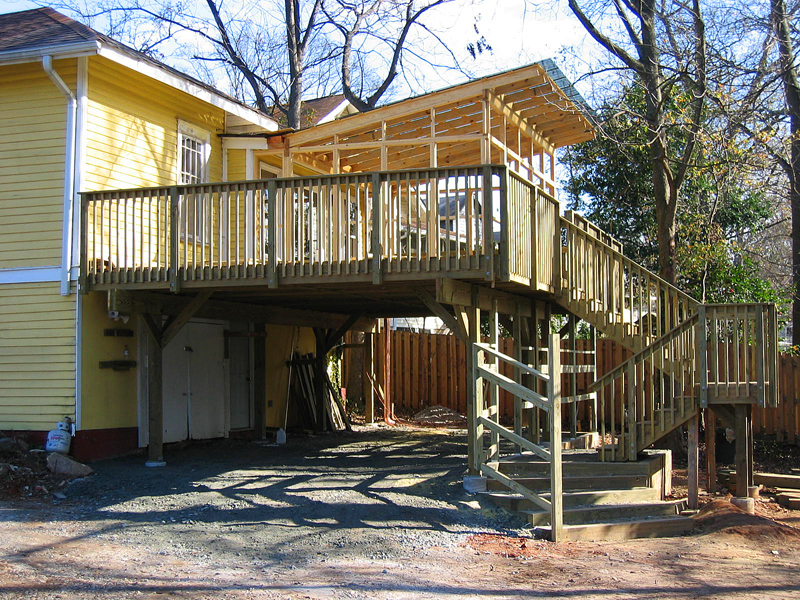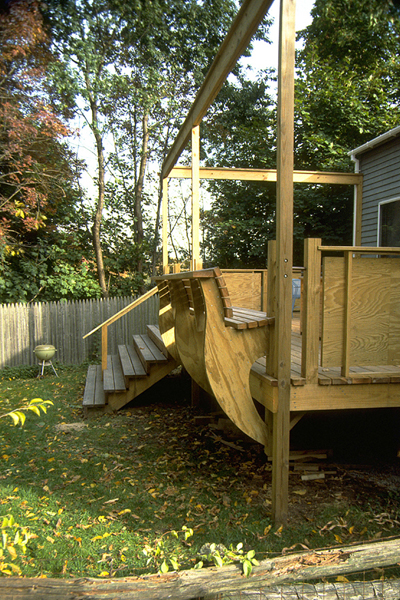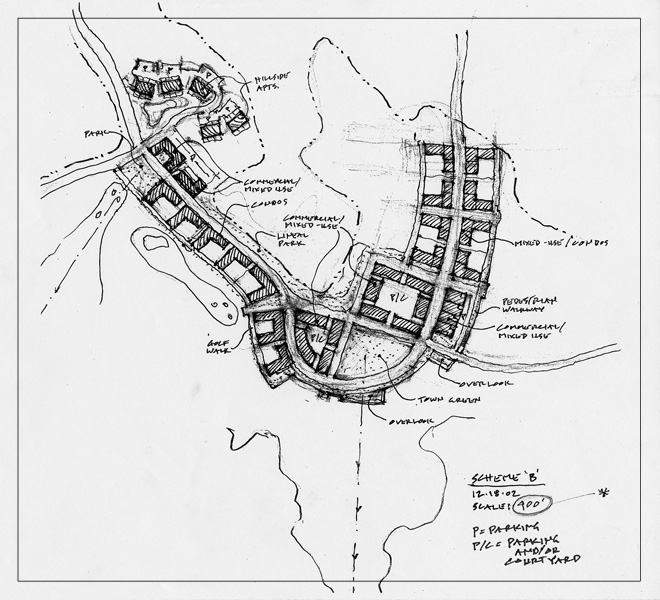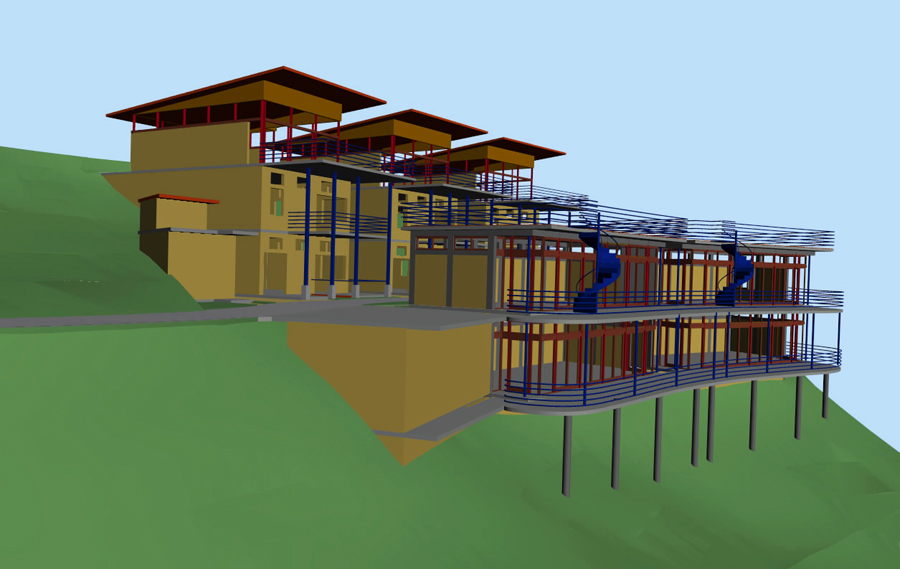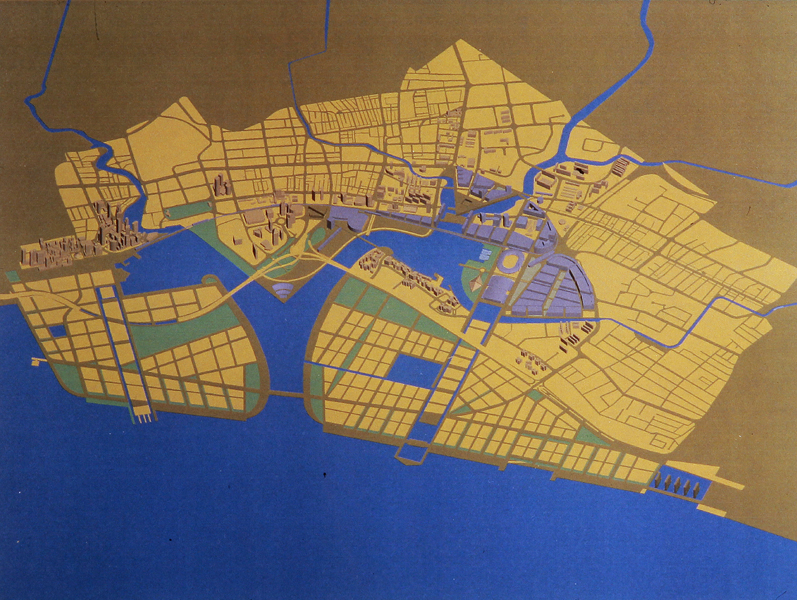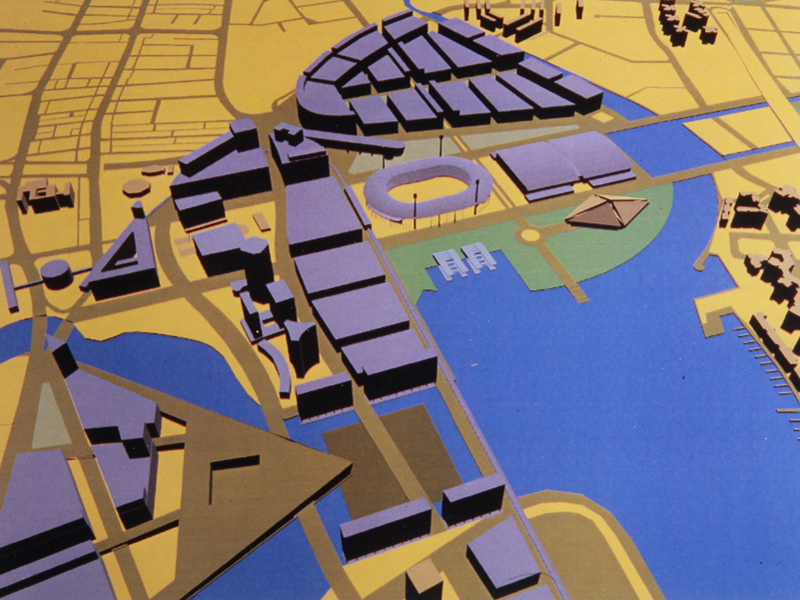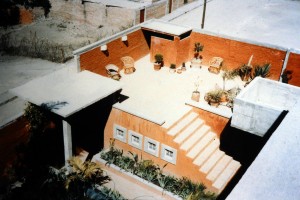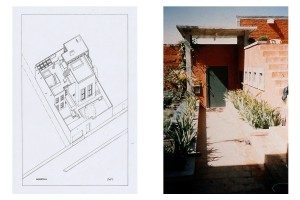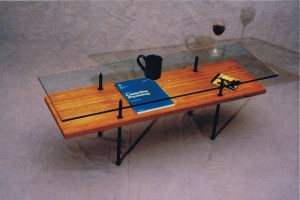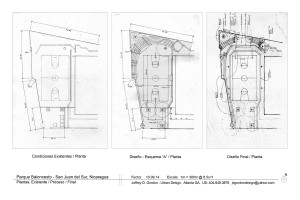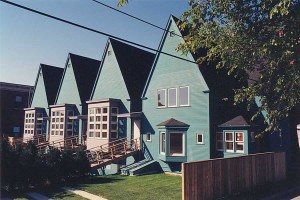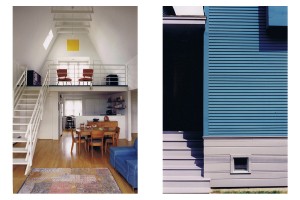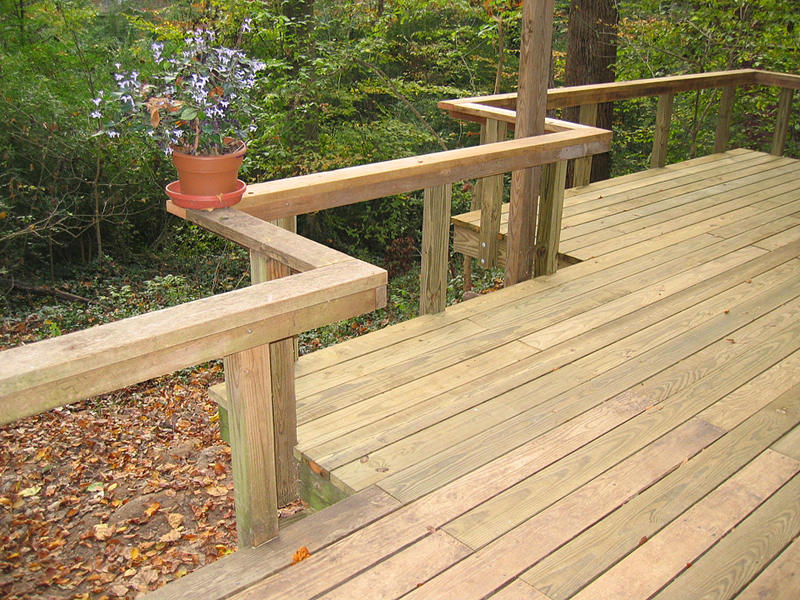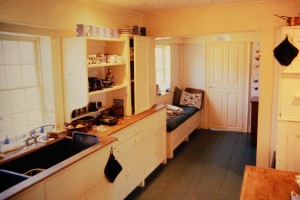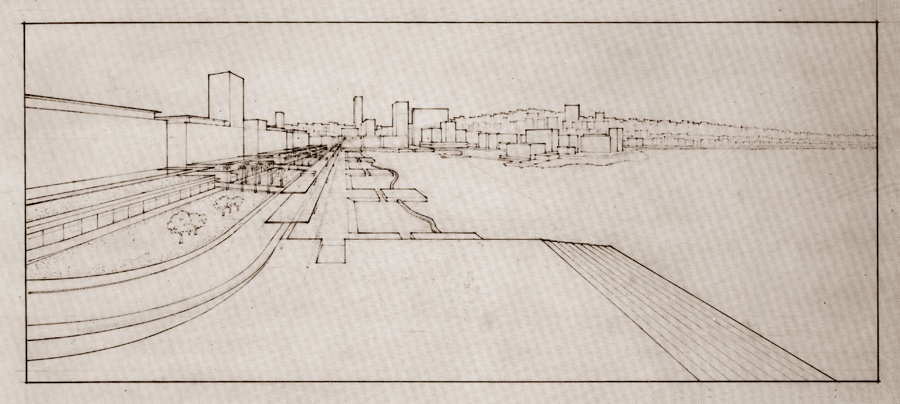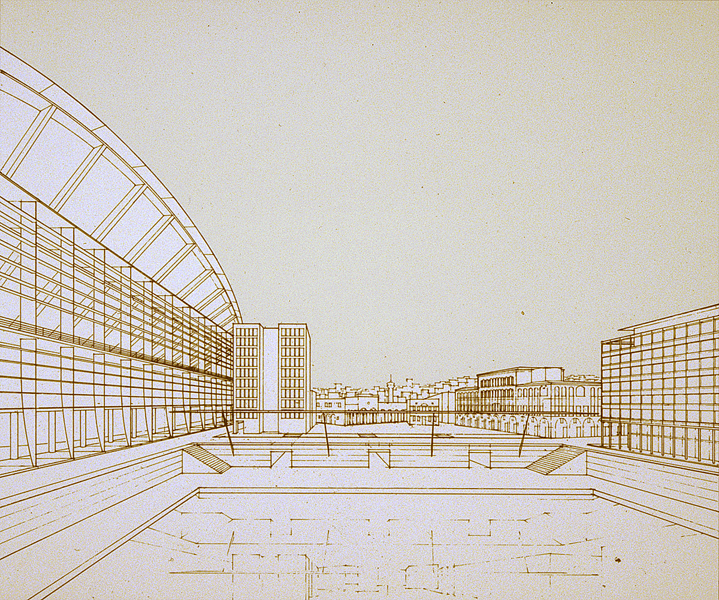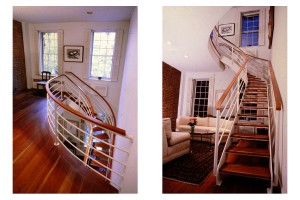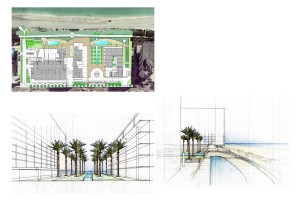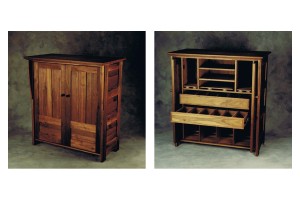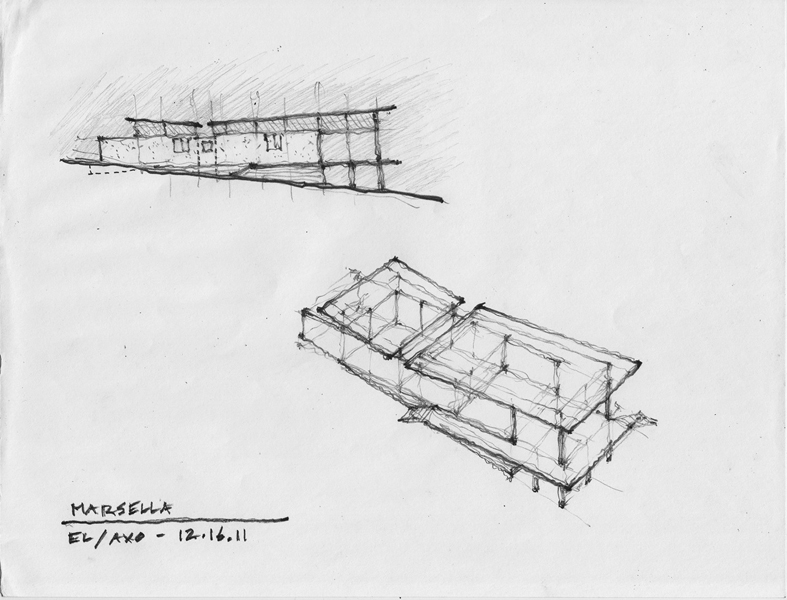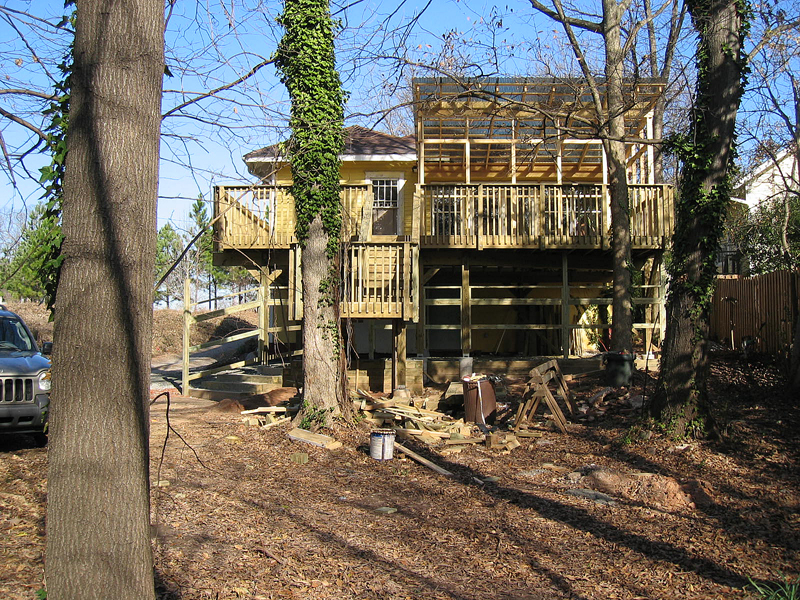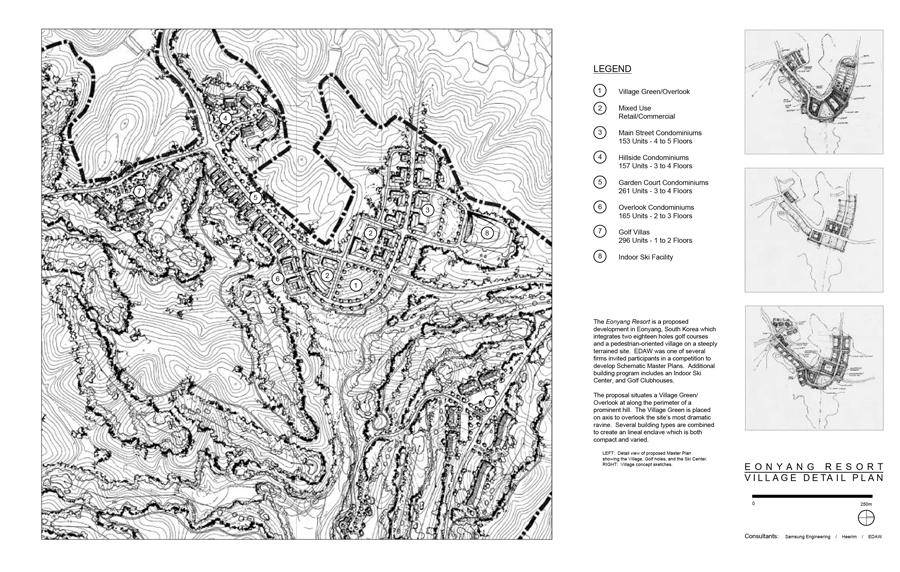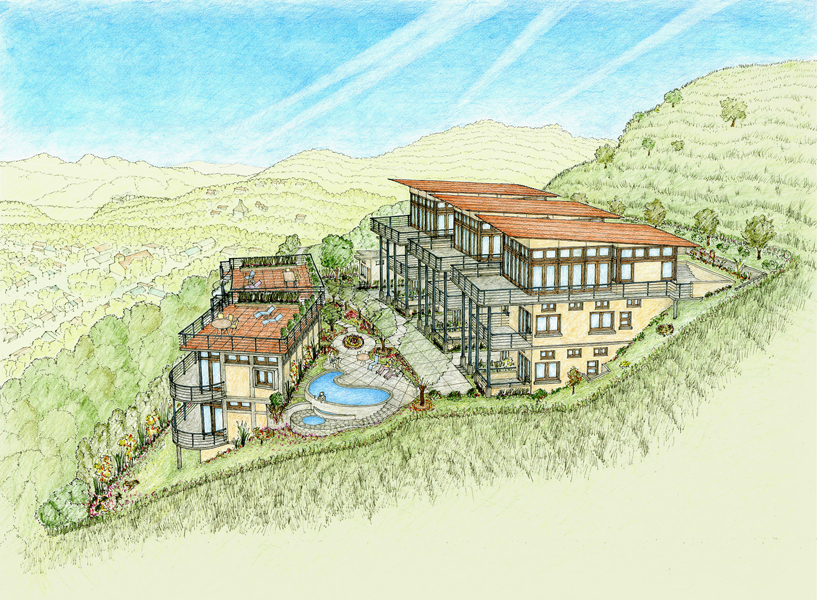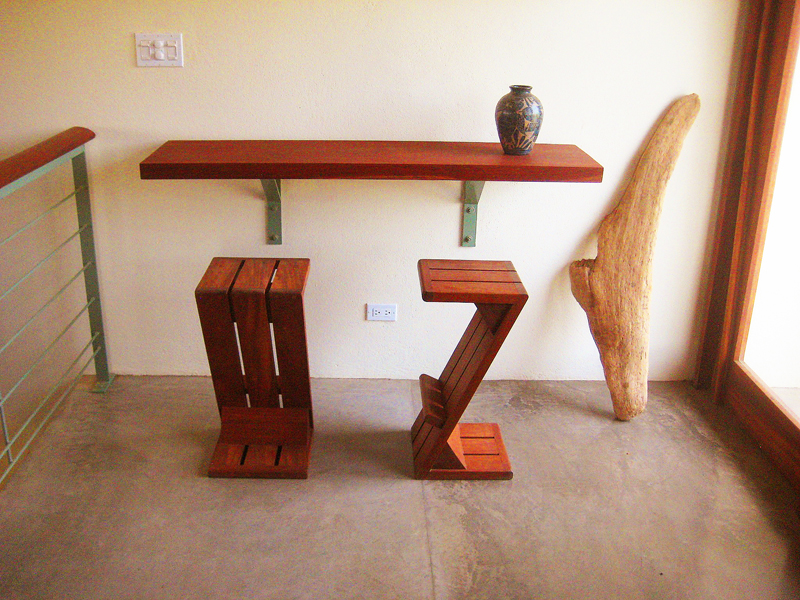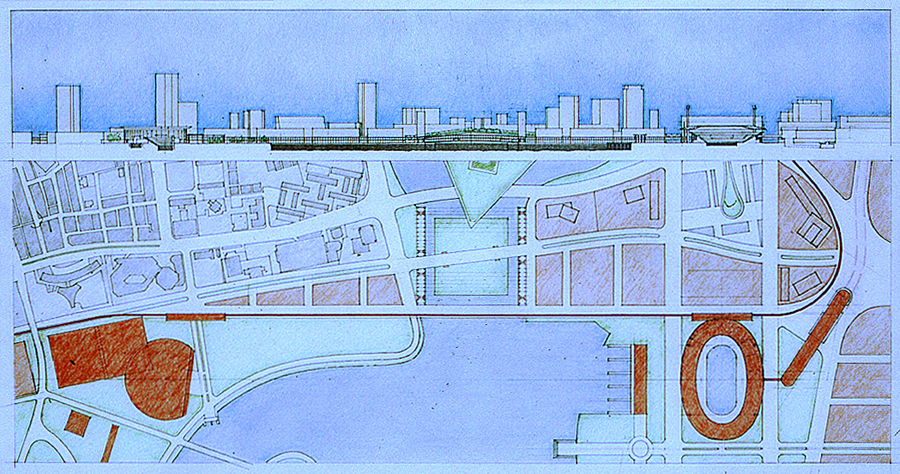JD Gordon Design
EACH PROJECT PRESENTS A UNIQUE set of circumstances that compel a unique design solution. While many offices apply their signature style to very different physical and cultural contexts, we take a different approach. We employ a rigorous methodology to synthesize all of a project’s circumstances, creating an individual design solution that often defies recognizable authorship or style.
The circumstances, or inputs, of each project are one of a kind, and include: client and/or community vision, requirements and budget; existing physical conditions of site, structures, and landscaping; cultural context such as local traditions of site planning, building, and material use; climate, geography, and energy sources; and regulations.
To this variety of inputs we apply the broadest possible knowledge of design history. As a painter chooses from colors on a palette, we select the design language(s) most effective as a basis for each project, and then think and draw outside the box to create something fresh and individual
WE DESIGN AT ALL SCALES as an indispensable tool to understand and transform the physical world. Each element fits into a larger whole, affecting or being made of smaller elements. Just as tiles or bricks are the modules that compose a wall, building lots and structures of specific size and type are the units that compose neighborhoods. Conversely, larger scale elements, natural or built, such as rivers and public space, major infrastructures, as well as campuses and large buildings, dramatically impact the form of adjacent communities formed of smaller scale elements
The list of designers who have produced significant work at all scales spans eras and continents, including: Thomas Jefferson, Daniel Burnham, Louis Kahn, Machado and Silvetti, Gunnar Aspland, Alvar Aalto, Sir Christopher Wren, y Leonardo Da Vinci.
CONSTRUCTION CREATES ARCHITECTURAL CHARACTER, connection to place, and value. From project inception through completion, we develop and apply a full and critical understanding of viable materials and building techniques, with an emphasis on local traditions. And the dividends of incubating design through construction are many.
Emphasis on materials, construction, and details means that straightforward overall form can produce beautiful, rich, and evocative places – without the crutch of gymnastic, convoluted overall forms that can feel arbitrary and willful. Understandable built-form that reveals its own constructional story, is more emotionally accessible to the user; and it can transcend its own era and the trap of transient styles; feeling fresh for generations down the line.
Understanding and exploiting local building materials and practices connects the project to its place and culture, conveying a sense of respect and appropriateness to community. And building with local traditions and craft-persons, produces both quality and economy in construction, and savings in facility maintenance.
COMMON SENSE SUSTAINBILITY means design solutions that are affordable, enduring, and tailored to each client’s budget and ethical objectives. Sustainable aspects of a project may include: materials and sourcing; construction practices; future energy use and maintenance, harnessing natural heating and cooling, light and air; sensitivity to site; and promoting healthy lifestyles.
We collaborate with every client to determine the budgetary and ethical value of sustainable building. While many aspects of green solutions have an upfront cost, the return on investment in the short, medium and long-term, can often be determined. Savings can include facility operations and maintenance, tax credits, and future market value.
The selection of materials touches many categories including: imbedded energy and labor (energy and labor already used in their production and transport), non-toxicity of the material’s composition, production and lifecycle, and, the energy efficiency of the completed project. Building processes vary widely with regard to energy use, the production of contaminants, particulates cast in the air, and mechanized versus manual labor. Materials and building practice selections also impact the potential to source locally, supporting local workers, artisans and economies.
At architectural and urban scales, a variety of site strategies affect how a project interfaces with the earth, including: replenishing the aquifer and rain-water storage and management; septic and waste disposal; plant conservation and reforestation; and garden maintenance regarding chemical, water, and energy use. Finally, many projects have the potential to promote healthy lifestyles by empowering walking and physical activity, social life, contemplation, and incorporating productive, edible plantings.

